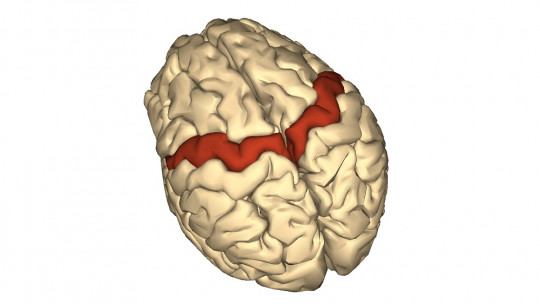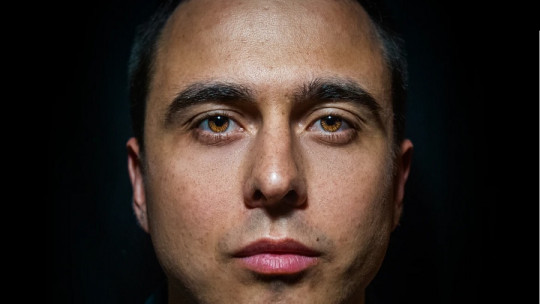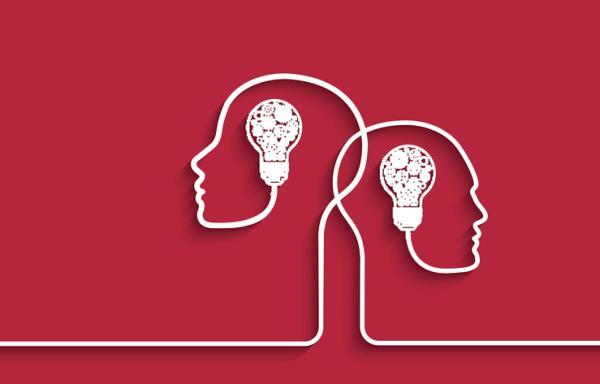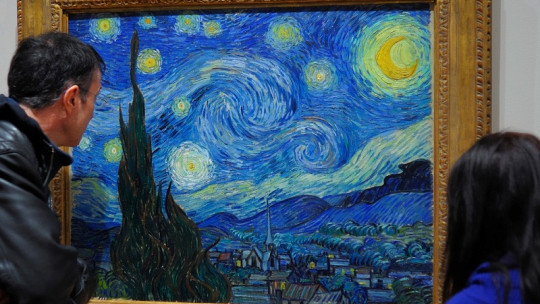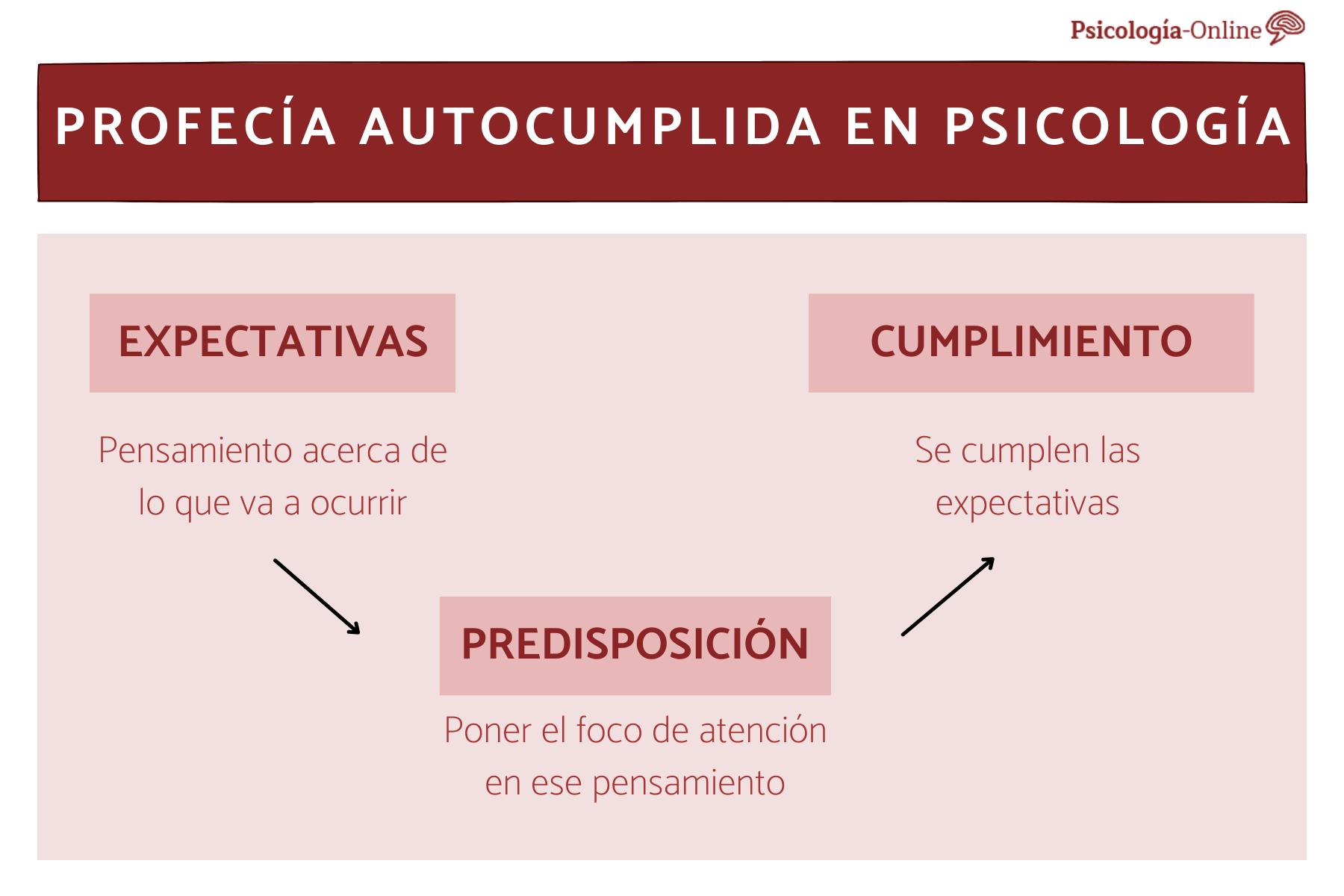Is about modify thoughts using imagination< “We can use our imagination to visualize self-control and see ourselves resolving the situation, thereby avoiding losing control.
As if we were the protagonists of our own movie “The hero who has the ability to resolve.” It is very useful as a method to change beliefs and thoughts related to an anxious situation and a belief of inability, as it allows us to practice with our imagination. what we would like to happen in reality. For ex. visualize the happiest day of our life, clearly remembering the events, what we thought, how we felt, what we did, how others acted.. and visualize it in the clearest, most positive and detailed way possible.
It is about selecting several examples to be able to use them in moments when psychological discomfort invades us. All this associated with relaxation to establish positive conditioning.
Refocusing the situation (using imagination)
It serves as complement to the thought stopping technique When we begin to have negative thoughts related to the anxiety-inducing situation, such as, for example. “Why me” “And if I can’t solve it”… and you say to yourself “Maria Stop!” You can imagine a STOP sign (like the ones you would find on the street), a red light, or any image that represents the action of “Stop!” “Stop!” “For!” so that it accentuates the arrest.
Then we can choose to use one of the distraction techniques (such as focusing attention on the environment) until the anxious moment passes or replace it with one of the selected images. Generally, the anxious moment when we act to control it usually lasts very little.
The effect is the same as that of a big wave, it has its starting moment, its maximum threshold and from there it begins the descent until it finally disappears, it never exceeds a certain threshold.

Substitution (for negative image)
Is about use a negative image about possible negative consequences that can happen by letting ourselves get entangled in the anxiety-inducing situation (the more negative the better). Every time thoughts appear that lead us to make erroneous and negative anticipations, we will include an image that is as negative as possible about the consequences that may arise from it. For ex. “Imagine ourselves with great stomach pain” “Imagine ourselves with compressed blood vessels without allowing blood flow” “Imagine our face contracted due to the emotional burden caused by this type of thoughts”…
In short, look for an image that is as unpleasant as possible and that could give rise to an unpleasant consequence for having allowed ourselves to get entangled in the anxiety-prone or anticipatory situation of problems. This will automatically make us react and put in place the necessary mechanisms to prevent the situation from getting out of hand and end up continuing with it, just as we are imagining it. For example, this can be very useful in case of addictions.
Substitution (with positive images)
Is about replace negative thoughts referring to the anxiety situation for positive images (the more positive the better) For example, when we anticipate disasters and negative occurrences without a solid basis to justify them, we can replace this thought with a “flash card” that describes a positive situation that is incompatible with the negative occurrence and where we see ourselves resolving , acting and dealing with it as relaxed as possible (e.g. when faced with a problem, thinking about what and how to solve it, little by little without stress, without negative anticipations, simply trying, looking for solutions and alternatives but calmly and calmly..).
All this with the aim of reducing negative emotions and consequently preparing us to resolve, improve our emotional state and consequently act in a much more adaptive and appropriate way.
Review (using images)
In this, images are used as a means of “practice” or review of certain skills acquired (for example, control or problem-solving skills) or desensitization to situations or environments that can be triggers of the anxiety-producing element (for example, a party with people where we feel comfortable, an anxiety-inducing situation that we have been able to control , remembering it and analyzing how we achieved it, what we did, what resources we put into operation and they worked for us..).
Let’s look for powerful images and write them down so that we don’t forget them, from time to time let’s review them and if we can add more to the list, to remember them as often as possible. May this list become increasingly broader. Let’s imagine ourselves facing these situations and review this image, or similar images, a thousand times if necessary, the more times the better because by doing so we will increase our security, satisfaction and self-esteem.
The most important thing is that it automatically there will be a change in the expression of our face or that will undoubtedly be associated with a better emotional state.
This article is merely informative, at PsychologyFor we do not have the power to make a diagnosis or recommend a treatment. We invite you to go to a psychologist to treat your particular case.
If you want to read more articles similar to Imagination techniques we recommend that you enter our Cognitive Psychology category.

